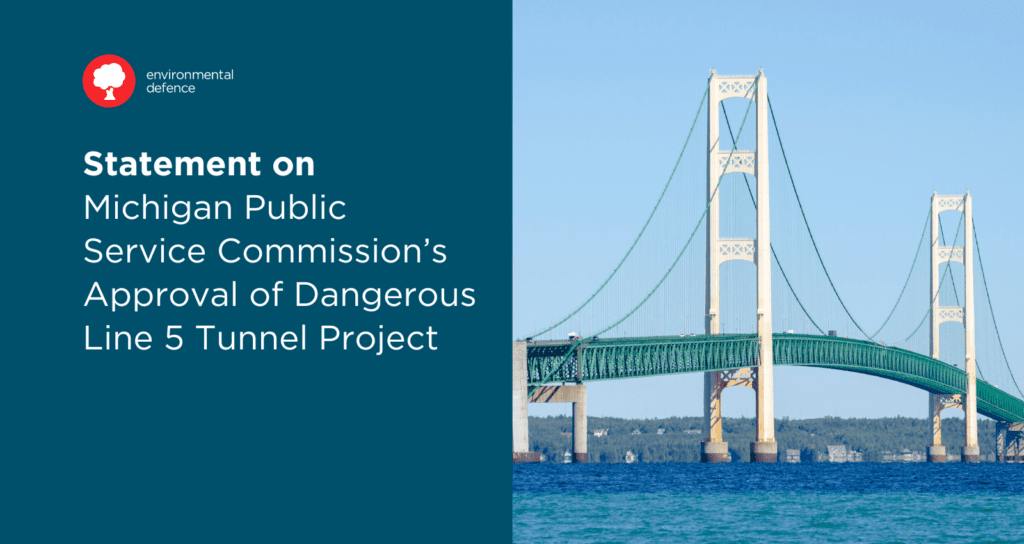Lake Erie’s mild bloom forecast is not cause for celebration
Toronto | Traditional territories of the Huron-Wendat, the Anishnaabeg, Haudenosaunee, Chippewas and the Mississaugas of the Credit First Nation – The U.S. National Oceanic and Atmospheric Administration (NOAA) has announced its 2022 Lake Erie algae bloom forecast. While this year’s bloom is expected to be mild, the threat to Lake Erie remains severe. The mild forecast is due to drier spring conditions with low rainfall in June and low rainfall expected for July this year. The root causes for these harmful annual blooms—namely agricultural runoff and rising lake temperatures—remain and must be urgently addressed.
A bloom of any size is unacceptable and poses a threat to human and animal health. Every year, there are news stories of dogs dying from swimming in water near algae blooms, regardless of the size of the bloom. In fact, smaller blooms can be more toxic than larger blooms due to higher concentrations of microcystin (a potent liver toxin and possible human carcinogen).
NOAA scientists made it clear today that despite a mild forecast for this year, there is still a need for urgent action to address all sources of phosphorus loading on both sides of the border. A changing climate will eventually lead to heavier than normal rainfall in the Great Lakes basin. A wetter spring will mean more phosphorus making its way into Lake Erie and a more severe bloom. Severe blooms suffocate the lake, creating what is known as a “dead zone” due to a lack of oxygen in the water which can decimate fisheries. The presence of microcystin can also threaten drinking water, as was seen in 2014 when nearly 500,000 residents in Toledo, Ohio and Pelee, Ontario were left without access to safe drinking water for days.
Ontario and Canada signed the Canada-Ontario Lake Erie Action Plan in 2018 as part of the binational efforts to address Lake Erie algae blooms and keep them from spiraling out of control. To date, the province has not provided any updates on the progress being made towards reducing phosphorus loading into the Lake. There is no implementation plan in place for how the government is going to meet its commitment to reduce phosphorus levels by 40 per cent by 2025. The provincial and federal governments must work together on this, including addressing environmentally harmful farming practices, in order to avoid billions of dollars of damage in future years.
ABOUT ENVIRONMENTAL DEFENCE (environmentaldefence.ca): Environmental Defence is a leading Canadian advocacy organization that works with government, industry and individuals to defend clean water, a safe climate and healthy communities.
– 30 –
For more information or to request an interview, please contact:
Lauren Thomas, Environmental Defence, lthomas@environmentaldefence.





